Washington D.C. – President Donald Trump has intensified his trade war strategy by announcing a comprehensive Trump BRICS tariff rule that will impose a 10 percent levy on all goods from BRICS member nations. This decisive action represents a significant escalation in the ongoing global trade tensions, specifically targeting the 11-country bloc that collectively accounts for 40 percent of global GDP and nearly half of the world’s population.
The announcement came during a Cabinet meeting where Trump issued stern warnings to the BRICS alliance, alleging that the group was deliberately working to undermine the strength of the US dollar. This Trump BRICS tariff rule is scheduled to take effect on August 1, 2025, with no extensions granted, marking a critical juncture in international trade relations.
BRICS Alliance Faces Economic Retaliation
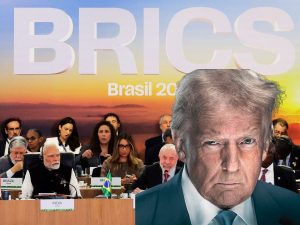
The Trump BRICS tariff rule directly targets Brazil, Russia, India, China, South Africa, and six other member nations that have been increasingly critical of US trade policies. Trump’s administration has characterized these nations as violating World Trade Organization rules and engaging in practices that deliberately harm American economic interests.
During the Cabinet meeting, Trump made his position clear: “They will certainly have to pay 10% if they are in BRICS because BRICS was set up to hurt us, to degenerate our dollar.” This statement underscores the administration’s belief that the BRICS alliance represents a direct threat to American economic supremacy and the dollar’s status as the world’s primary reserve currency.
Dollar Dominance Strategy Behind Tariff Implementation
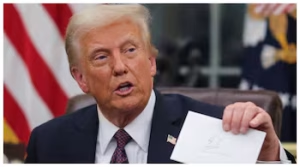
The Trump BRICS tariff rule serves as more than just a trade measure; it represents a strategic defense of dollar hegemony. Trump emphasized this point by stating, “The dollar is king, we gonna keep it that way. I am just saying if people wanna challenge it they can, but they have to pay a big price and I don’t think any of them is willing to pay that price.”
Also Read: Donald Trump New Tariffs: Shocking 40% Tariff On Myanmar & Other 14 Countries
This approach reflects the administration’s understanding that maintaining dollar dominance is crucial to American economic power. The Trump BRICS tariff rule essentially creates a financial penalty for nations that participate in initiatives aimed at reducing dollar dependency in international trade.
India’s Position Under the New Tariff Framework
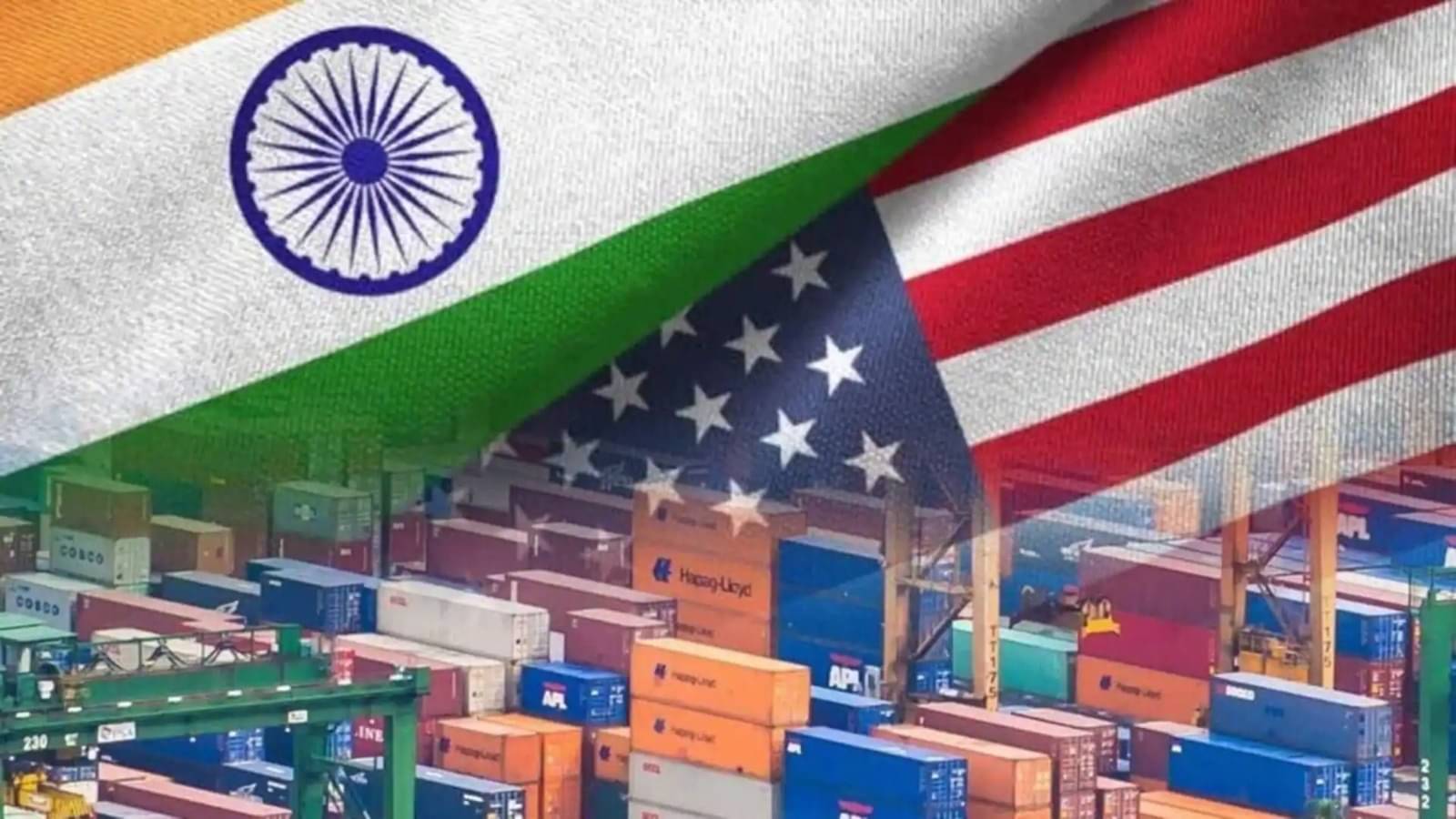

Despite being a significant US trade partner and having ongoing bilateral trade negotiations, India will not receive exemptions under the Trump BRICS tariff rule. When specifically asked about India’s position, Trump clarified that no exceptions would be made, stating, “They are members of BRICS, they can pay 10% tariff.”
This decision occurs despite the US and India being close to finalizing a comprehensive trade deal. The timing creates additional complexity for bilateral negotiations, as India must now navigate between its BRICS membership commitments and its economic relationship with the United States under the new Trump BRICS tariff rule framework.
August 1 Deadline Remains Firm
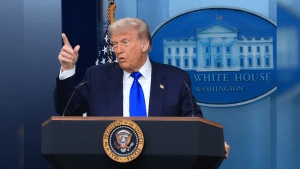

The Trump BRICS tariff rule implementation date of August 1, 2025, has been consistently emphasized by the administration. Trump announced on Truth Social that tariffs would take effect on this date with no extensions granted, stating, “TARIFFS WILL START BEING PAID ON AUGUST 1, 2025. There has been no change to this date, and there will be no change.”
However, Trump has indicated some flexibility within the Trump BRICS tariff rule framework, suggesting that negotiations remain possible if countries are willing to make fair deals. He stated, “I would say firm but not a 100 per cent firm. If they call up and they say we would like to do something in a different way, we will be open to that.”
Economic Impact and Global Trade Implications
The Trump BRICS tariff rule will significantly impact global supply chains and international commerce patterns. With BRICS nations representing such a substantial portion of the world economy, the 10 percent tariff will create ripple effects across multiple industries and sectors.
The administration projects that this Trump BRICS tariff rule will generate substantial revenue for the US Treasury while encouraging American businesses to seek alternative sourcing options from non-BRICS countries. Trump referenced his previous tariff successes, noting that even in his first term, “We took in hundreds and billions of dollars of tariffs. No inflation, the most successful period of time we’ve ever had financially in the country.”
Bilateral Trade Negotiations Continue
Despite the implementation of the Trump BRICS tariff rule, the administration continues pursuing bilateral trade agreements with individual nations. Trump’s approach suggests that countries can potentially avoid the 10 percent levy by negotiating separate deals that meet American trade objectives.
The ongoing India-US trade negotiations exemplify this strategy, where a final trade deal might be signed during a high-level bilateral meeting in Washington DC later this month or when Trump visits India in the fall. The deal aims to boost bilateral trade to $500 billion by 2030 and enhance cooperation in defense, technology, and energy sectors.
Administrative Justification for Trade Measures
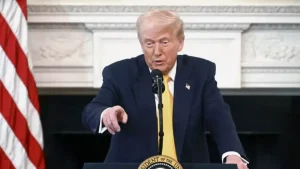

The Trump BRICS tariff rule is justified by the administration as necessary to correct decades of unfair trade practices. Trump criticized previous administrations for failing to address these issues, stating, “For years, they ripped us off and we didn’t have a President that understood it.”
The administration frames these measures as ensuring fairness in international trade while maintaining America’s economic leadership position. Trump emphasized that the proposed tariff arrangements aim to ensure fairness and remain open to negotiation if other countries are willing to make fair deals.
Future Trade Policy Direction
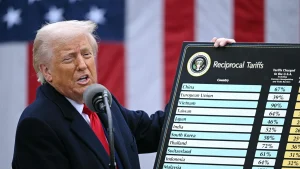

The Trump BRICS tariff rule represents part of a broader strategy to reshape international trade relationships through aggressive policy measures. Trump has indicated that his second term would outperform his first in terms of tariff collection and economic impact, stating, “This time’s going to be much better. Even better than the last time.”
As the August 1 implementation date approaches, the Trump BRICS tariff rule serves as a clear signal of the administration’s commitment to defending American economic interests against perceived threats from emerging economic alliances. The success or failure of these measures will likely influence future trade policy and America’s relationships with major economic powers for years to come.

